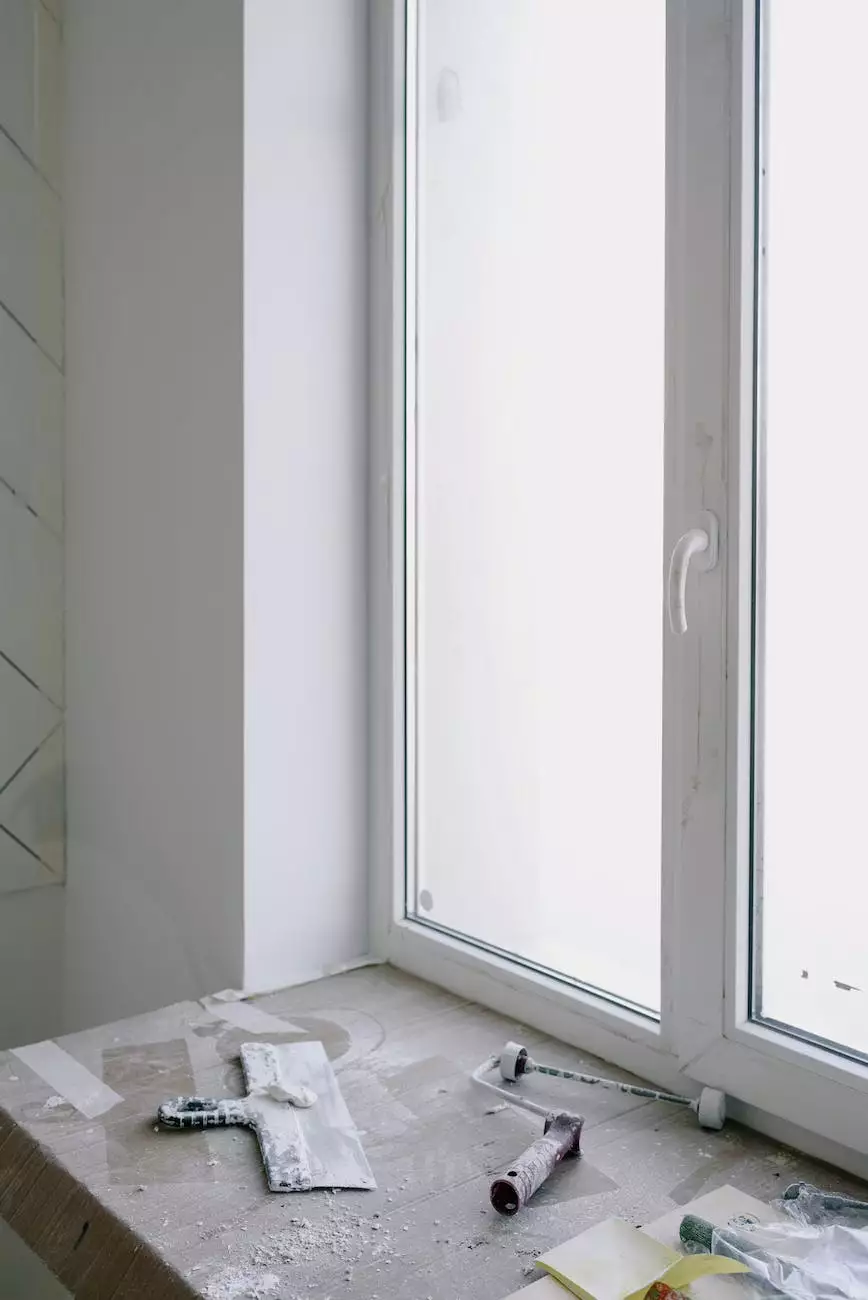Demolition before Remodeling: Salvage Useful Materials
Services
Introduction
Welcome to Evergreen Design Build, your trusted partner for all your demolition and remodeling needs. Our experienced team combines expertise and creativity to transform spaces while minimizing waste. In this article, we will explore the importance of salvaging useful materials during the demolition process and how it can benefit both the environment and your project. Let's dive in!
Why Salvage Materials?
Demolition projects often involve tearing down existing structures, but that doesn't mean everything needs to be disposed of. Salvaging materials not only reduces waste but also offers various advantages for your remodeling project:
Cost Savings
By salvaging and reusing materials, you can significantly cut down on your expenses. Rather than purchasing new items, utilizing salvaged materials can help you stay within budget while adding character and uniqueness to your project.
Sustainability
As a responsible business and consumer services company in the real estate industry, Evergreen Design Build values sustainable practices. Salvaging materials reduces the demand for new production, which in turn lowers the carbon footprint associated with manufacturing and transportation.
Preserving History
Old buildings often hold historical and architectural significance. By salvaging materials, we can preserve a piece of history and incorporate it into modern designs. This not only adds character but also sparks conversations about the rich heritage of the community.
The Salvaging Process
Now that we understand the benefits of salvaging materials, let's take a deeper look at the process:
1. Assessment and Planning
Before starting the demolition, our team thoroughly assesses the existing structure to identify materials that can be salvaged. This step includes evaluating the condition, quality, and compatibility of different components.
2. Deconstruction
Deconstruction is the careful dismantling of the building, focusing on salvaging specific materials. We employ skilled professionals who meticulously dismantle the structure, ensuring the preservation of salvageable items.
3. Sorting and Categorizing
Once the materials have been salvaged, our team sorts and categorizes them based on their type and condition. This step helps us understand the full extent of the salvaged inventory and enables us to plan for their integration into your remodeling project.
4. Cleaning and Preparation
Prior to using salvaged materials, we clean and prepare them to ensure their functionality, safety, and aesthetic appeal. This step may involve repairing, refinishing, or treating the salvaged items as required.
5. Integration into Remodeling
The final step is integrating the salvaged materials into your remodeling project. From reclaimed wood for flooring and antique fixtures for a unique touch, to salvaged doors or windows for a vintage charm, the possibilities are endless. Our team of skilled professionals ensures seamless integration, creating a cohesive and stunning end result.
Conclusion
In conclusion, salvaging useful materials during the demolition process is not only a sustainable choice but also a creative and cost-effective solution for your remodeling project. At Evergreen Design Build, we understand the value of these materials and strive to maximize their potential while transforming spaces. Contact us today to discuss your upcoming remodeling project and let us demonstrate our expertise in salvaging materials to breathe new life into your space.
Tags
Demolition, Remodeling, Salvage Materials, Sustainable Practices, Cost Savings, Reclaimed Wood, Vintage Charm, Evergreen Design Build, Business and Consumer Services - Real Estate










